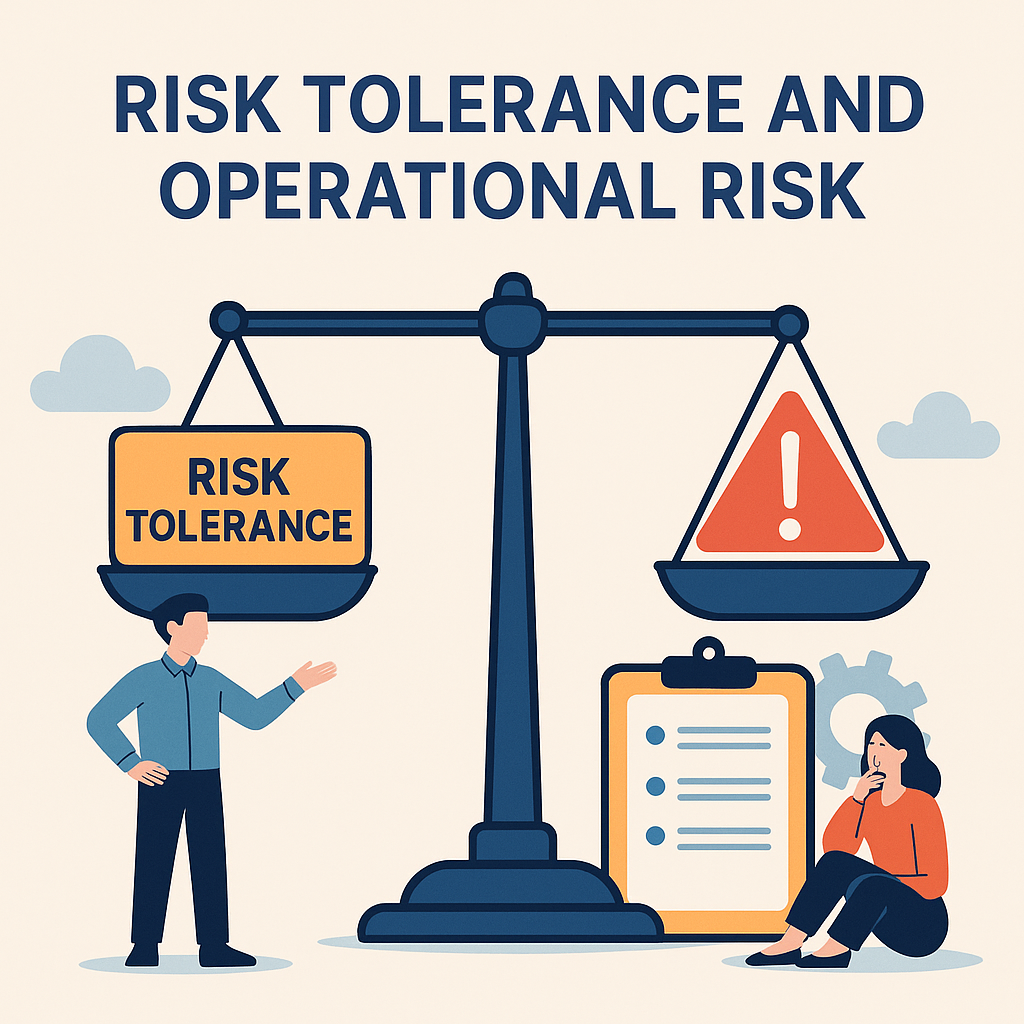Digital Risk is Everyone’s Business Now
In today’s hyperconnected economy, digital transformation is no longer optional—it’s foundational. But with it comes a web of risks not confined to firewalls and phishing attempts.
Digital risk extends beyond traditional IT security. It includes regulatory exposure, cloud misconfigurations, social engineering, data privacy, and third-party SaaS vulnerabilities. When left unmanaged, these risks can cripple businesses, damage trust, and lead to costly non-compliance.
Treating digital risk as just another IT responsibility is not only outdated—it’s dangerous.
What is Digital Risk?
Digital risk refers to the potential for business loss due to the adoption, use, and evolution of digital technologies and ecosystems.
This includes, but isn’t limited to:
- Cybersecurity threats (ransomware, phishing, DDoS attacks)
- Cloud platform failures or misconfigurations
- Data privacy breaches and regulatory non-compliance (e.g., GDPR, CCPA, UAE PDPL)
- Third-party vendor or supply chain failures
- Reputational damage from online misinformation or social engineering
- AI/ML model bias leading to discrimination or regulatory backlash
Unlike cybersecurity—which primarily focuses on protecting infrastructure—digital risk includes both technology and its intersection with people, behavior, and business process.
IT Myths vs. Digital Risk Reality
| Common IT Myth | Digital Risk Reality |
| “We have antivirus and firewalls” | Modern breaches exploit misconfigurations, insider threats, or vendor APIs |
| “Our IT team handles all tech risk” | Risk exposure also comes from marketing tools, finance apps, and HR platforms |
| “We’re too small to be a target” | SMBs are increasingly targeted by automated ransomware and credential stuffing attacks |
| “Cloud vendors are fully secure” | Misconfigured AWS buckets and API keys remain a top source of data breaches |
| “Compliance = Security” | Meeting compliance does not guarantee operational resilience or threat readiness |
The Business Impact of Poor Digital Risk Management
- Operational Disruption
A failure in your CRM, e-commerce system, or payment gateway—even for an hour—can lead to thousands in lost revenue. For example, Target’s 2021 website crash during Black Friday resulted in widespread customer frustration and a measurable dip in weekend sales.
In one case, a UAE fintech startup experienced a 2-day service outage due to expired API tokens with a vendor. The lack of monitoring cost them customers, forced manual refunds, and attracted regulatory scrutiny.
- Regulatory and Legal Penalties
The cost of non-compliance can be massive. British Airways was fined £20 million under GDPR for a 2018 data breach.
In the UAE, failure to meet Personal Data Protection Law (PDPL) requirements could result in significant penalties, reputational damage, or even license suspensions for tech and e-commerce companies.
- Reputational Damage and Customer Churn
A breach doesn’t just affect the IT department—it erodes customer trust. LinkedIn and Facebook both faced backlash for data scraping issues, leading to user decline and investor concerns.
A Dubai-based logistics company suffered a ransomware attack that exposed driver locations and customer addresses. Even after systems were restored, major clients shifted to competitors citing a lack of digital governance.
- Delayed Innovation and Fear-Based Culture
Without a framework to assess digital risk confidently, innovation slows. Projects like AI deployment or app modernization get delayed due to fear of exposure. Your business ends up lagging behind agile competitors who embrace risk—with control.
Planning a Proactive Digital Risk Management Strategy
Transitioning from reactive firefighting to proactive digital risk governance requires a structured and cross-functional approach.
- Establish a Digital Risk Governance Committee
- Include leaders from IT, legal, compliance, HR, marketing, and operations
- Appoint a Digital Risk Officer or extend GRC (Governance, Risk, Compliance) responsibility to an enterprise risk manager
- Set a risk appetite framework tied to business goals
- Create a Centralized Digital Risk Register
Use platforms like Confluence, ServiceNow, or Jira to track:
- Digital asset inventory (SaaS, APIs, third-party tools)
- Data flow maps and ownership
- Known risks, likelihood, impact, and mitigation status
- Conduct Regular Risk Assessments and Audits
- Perform annual digital risk audits
- Use external tools like Tenable or Rapid7 for technical assessments
- Evaluate vendor risk based on their controls, uptime, compliance, and breach history
- Integrate Risk Management into Development & Procurement
- Implement “secure-by-design” principles in software development (DevSecOps)
- Ensure procurement includes digital risk due diligence for any new SaaS or tech vendor
- Enhance Real-Time Monitoring and Response
- Deploy Security Information and Event Management (SIEM) and Extended Detection and Response (XDR) systems
- Use automated alerts for policy violations, data leaks, and system changes
- Integrate tools like Microsoft Defender, CrowdStrike, or Splunk
- Train Staff Beyond IT
- Educate marketing on responsible data use and campaign tools
- Train HR on employee privacy risks and access controls
- Simulate phishing, spoofing, and breach scenarios company-wide
Real-World Scenario: Digital Risk Turnaround
A regional telecom provider in the MENA region faced a regulatory probe after customer data was accidentally leaked via a third-party chatbot plugin. The breach occurred not due to a hack, but because the marketing team enabled a feature without consulting IT.
To fix this, the company:
- Created a digital risk steering committee
- Instituted mandatory review of all plugins and integrations
- Centralized audit logs and alerts into a unified dashboard
Within 6 months, they not only closed compliance gaps but restored client confidence and reduced incident response time by 80%.
Conclusion: Digital Risk Is Strategic, Not Just Technical
Businesses that treat digital risk purely as a technical issue fall into a trap of false security. In a world where every department depends on digital systems, governing digital risk is a boardroom imperative.
To stay competitive, compliant, and credible—organizations must embrace digital risk as a business-critical priority, build cross-functional ownership, and empower teams to innovate with confidence.








